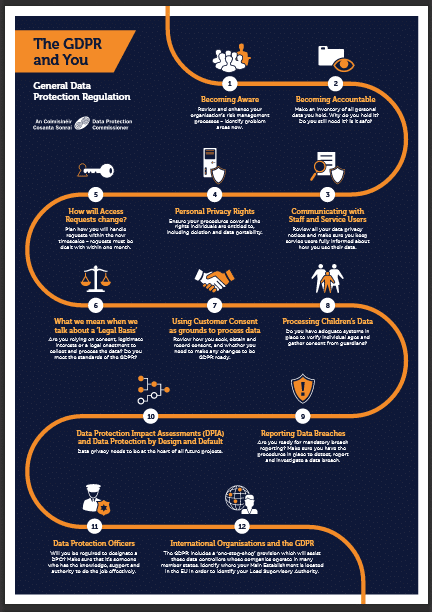FieldElite, our mobile workforce management software, has been key to several industries? return on investment. Whether it’s for plumbing, electrical, property management, cleaning, and maintenance, FieldElite has provided data centralisation for efficient management of these business activities.
Field service management software is important to utilise current workload, and also helps resolve future issues. We’re talking about a proactive approach to preventative maintenance.
How exactly do field service managements help in preventative maintenance?
The answer lies in how field service management is interlinked with IoT in predicting future jobs for the mobile service industry.
What is IoT?
Simply put, the Internet of Things (IoT) is a network of devices and sensors connected to the internet. These ?things? (e.g. your smartphone or smartwatch) enable data to be sent and be received without human intervention.
Fundamentally, IoT is about devices being connected to the internet to allow remote monitoring.
For many years now, remote monitoring for IT infrastructure has been widely used.
What’s new that we’re experiencing right now is even the smallest devices ? individual light bulbs and sensors ? can have a network and internet connection, allowing entire systems to be monitored in great detail.
Implementing IoT and accessing data can be challenging for most service organisations. However, when combined with predictive analytics and field management software, it can have a huge potential impact on individual businesses and the service industry as a whole.
What is Preventative Maintenance?
Preventive maintenance refers to regular, routine maintenance to help keep equipment up and running, preventing any unplanned downtime and expensive costs from unanticipated equipment failure.
The goal of preventative maintenance is to decrease the likelihood of a machine or an equipment’s failure by performing regular maintenance.
Preventative management can be very complex, especially for companies with a fleet of equipment or customers. It requires careful planning and scheduling of maintenance on equipment before there is an actual problem.
Also, preventive maintenance is evolving. It’s not just about scheduling the same work every month to prevent failure anymore. Today, working smarter with better information about equipment conditions is critical to ensure maintenance is effective.
That’s where IoT and field service management software, like FieldElite, comes in. Together, they organise and carry out preventive maintenance needs for service industries.
How IoT and FieldElite Helps in Preventative Maintenance
With FieldElite and IoT technology, you get the best in preventive maintenance management.
- Evaluation of equipment or machines ? the condition of machines or equipment is evaluated in order to predict when maintenance needs to be performed.
- Automated work order ? automated time-based work order creation
- Full condition-based plans allows you to do the following:
- Right-size your maintenance work
- Lower costs
- Extend the life of your or customer?s assets
- Quicker reporting ? due to its efficient and automated nature, IoT and field service management software can reduce a field technician?s average report time from two weeks to two days, therefore boosting your cash flow!
That’s the most important result a mobile service management software can produce (in connection with preventative maintenance). It’s cost-saving! This can be achieved over routine or time-based preventive maintenance, as tasks are only performed when they are needed.
The Internet of Things (IoT) and field service management software is changing field service as we know it.
Companies who adapt and utilise these technologies will benefit the most from the resulting competitive advantage of preventative maintenance.
Start elevating every field service experience now!
Our field service software, FieldElite helps you:
- Accepts jobs in the field
- Automate appointment scheduling
- Manage scheduled jobs
- Get real-time visibility into all operations
- Have a clear and easy viewing of job locations
- Resolve field service calls faster
- Enable mobile workers to get the job done right
- Keep customers updated at every step
- Create quotations and accept payments
- Analyse efficient reports from field technicians
- Helps in proper preventative maintenance management.
Learn how to schedule jobs to field workers with ease. Check out FieldElite!
CONTACT US
- We seek to understand your technology and business challenges
- We tailor a demonstration of our platform and solutions to align to your specific needs
- We answer any questions and make sensible recommendations
- (+353)(0)1-443-3807 – IRL
- (+44)(0)20-7193-9751 – UK
